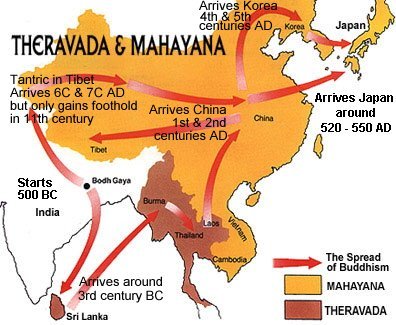My views after I watched the Tiananmen Square massacre were that of shock and disgust. I was amazed at how Deng Xiaoping ordered his troops to basically kill anyone who was in the square at the time. I did not know the context for the reason the Chinese were protesting in Tiananmen square or the reason why the government responded so violently. I thought that the Chinese were protesting for democracy and democratic rights but after reading an article I realized that the Chinese barely even knew what democracy was. Rather, they were protesting against inflation, police brutality, media censorship, human rights abuses and cramped student dormitories. They weren't protesting for democracy but just better rights in general. Another article complicated my original reaction to Deng's crackdown on the protests because it stated that in order for Deng to keep China from falling apart he had to act violently to keep central power. Deng Xiaoping knew that if he had to put down the revolution at any cost or there would be an uprising. It also made me think about the possibilities; what would China be like today if those same people in Tiananmen Square had overthrown the government, it would have been chaos. The only thing I don't understand is why Deng Xiaoping and the Chinese Government just couldn't have given them some more rights instead of killing them all.
